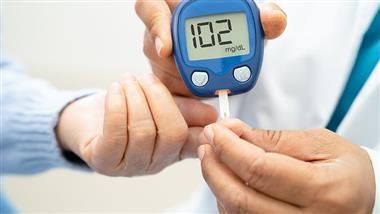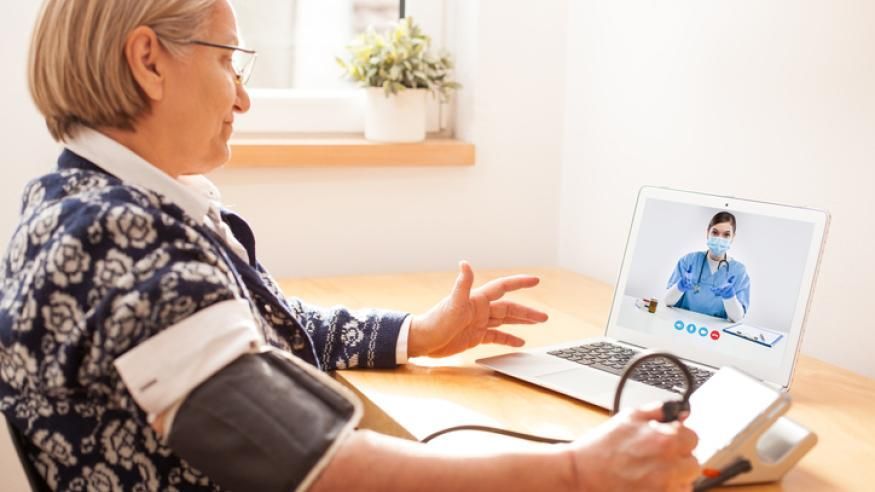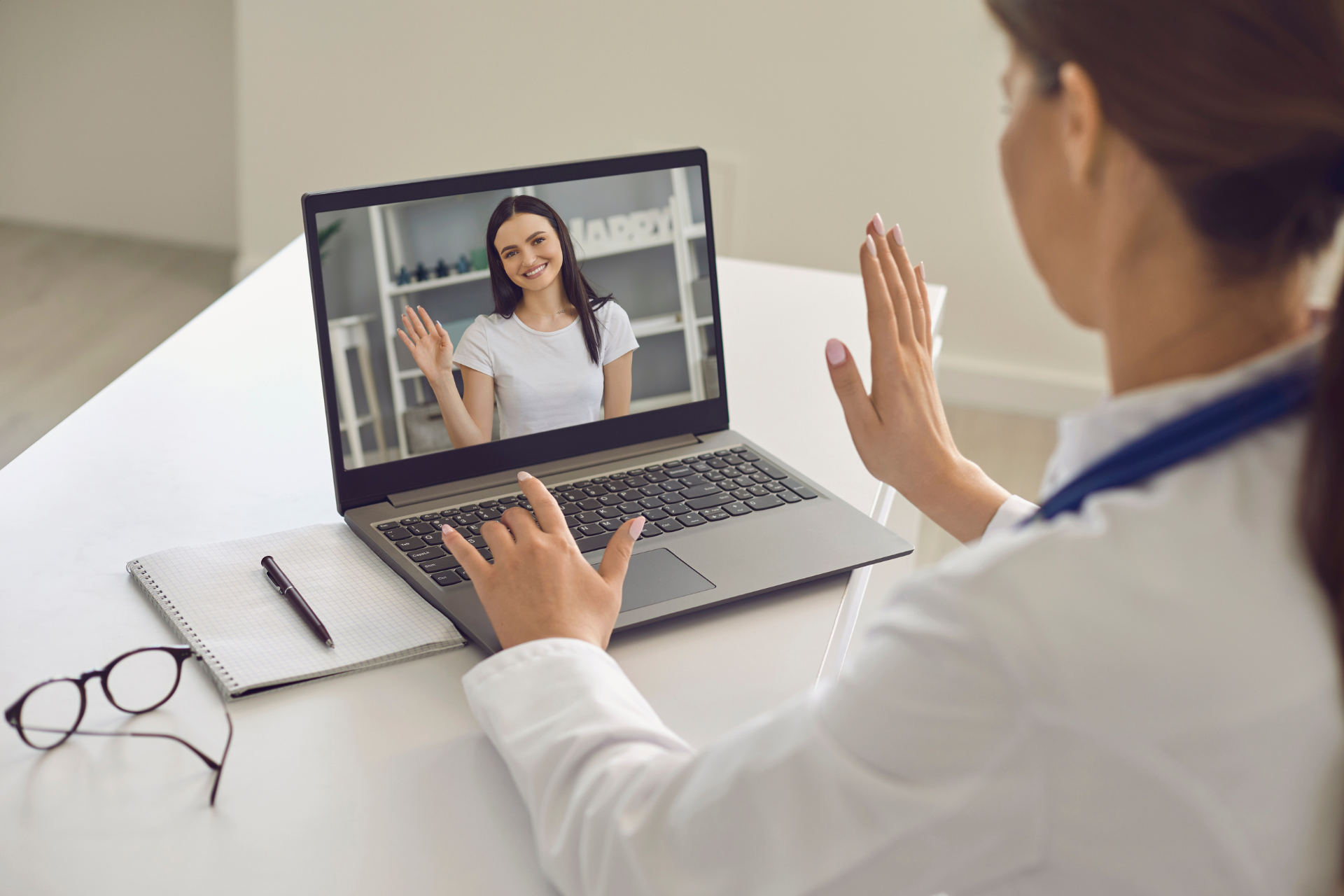Triglycerides and Diabetes: What Are the Risks?
Triglycerides—a type of fat that circulates in the blood along with cholesterol—can be a risk factor for developing diabetes. If you have diabetes, monitoring triglyceride levels may help you better manage your condition.
Much like the link between cholesterol and diabetes, there is a relationship between triglyceride levels and diabetes. While triglycerides may not get much attention, they can be an important indicator of health.
What are triglycerides?
Triglycerides are a type of blood lipid, or fat, that circulates in the blood. Other blood lipids are high-density lipoprotein (HDL) cholesterol, low-density lipoprotein (LDL) cholesterol, and very-low-density lipoprotein (VLDL) cholesterol.
When you eat and drink, the body converts calories it doesn’t need to use immediately into triglycerides. These are broken down and absorbed into the blood.
Triglycerides serve as a flexible source of energy for the body: Either the liver can use one of triglyceride’s components (glycerol) along with amino acids to make glucose if needed, or the body can store triglycerides in fat cells to use for energy later. Elevated triglyceride levels, also known as hypertriglyceridemia, can be dangerous.
Why are high triglycerides bad for you?
Abnormally elevated triglycerides indicate that your system for turning food into energy is likely not working properly. Having hypertriglyceridemia increases your risk of prediabetes and type 2 diabetes, cardiovascular disease such as coronary heart disease, heart attack, and stroke. It’s also associated with liver disease. High triglycerides may also be a sign of metabolic syndrome, a group of conditions that includes high blood pressure, excess abdominal fat, impaired fasting glucose, hypertriglyceridemia, and low levels of HDL (high-density lipoprotein) cholesterol.
How can triglycerides affect diabetes?
Triglycerides, along with cholesterol, can form fatty deposits that attach to the inside of blood vessels, which can clot, making it difficult for blood to pass through (atherosclerosis). A heart attack or stroke occurs when blood flow to an artery is completely blocked by clot from the fatty deposit.
In addition, having moderately severe to severe hypertriglyceridemia (sHTG) puts you at greater risk of inflammation of the pancreas (pancreatitis), which can cause serious illness and death.
How can having diabetes affect triglycerides?
“The best way to lower triglycerides in people with diabetes—whether type 1 or type 2—is to control blood sugar,” said Dr. Charles Alexander, an endocrinologist and diaTribe’s scientific and medical advisor. “For many people with type 1 diabetes, “this may mean they need automated insulin delivery,” he said.
For people managing type 1 diabetes, there are other factors that can cause elevated triglyceride levels. These include fasting, diabulimia, or simply not having enough insulin on board. Alexander also cautions that, for someone with type 1, having higher-than-ideal triglycerides in combination with severe abdominal pain could also indicate acute pancreatitis.
What causes elevated triglycerides (hypertriglyceridemia)?
If you have diabetes, having glucose levels higher than your target range can, over time, lead to a level of triglycerides that is higher than ideal.
Being over recommended weight guidelines or drinking large amounts of alcohol frequently can also be causes of hypertriglyceridemia. So can eating a high carbohydrate or high calorie diet.
In addition, various medications can raise your triglyceride levels. These include:
- Antipsychotic medications like clozapine, olanzapine, and quetiapine
- Diuretics and beta blockers like hydrochlorothiazide
- Immunosuppressants and HIV medications
- Estrogen and progestin
- Certain retinoids
- Certain steroids
Other factors that can affect triglyceride levels include genetic factors, low thyroid hormone levels, high levels of insulin resistance, and renal failure.
Triglycerides vs Cholesterol: What's the difference?
While both triglycerides and cholesterol are often mentioned together, they have different functions. Both are types of blood lipids and are connected to heart health. While triglycerides store unused calories that will eventually be converted into energy, cholesterol is used to build cells, vitamin D, bile, and certain hormones.
How are triglycerides measured?
Triglyceride levels are measured with a fasting blood test called a lipid panel, which also measures LDL, HDL, and total cholesterol levels.
According to the Mayo Clinic, the standards for fasting triglyceride levels are as follows:
- Normal: Less than 150 milligrams per deciliter (mg/dL), or less than 1.7 millimoles per liter (mmol/L)
- Borderline high: 150 to 199 mg/dL (1.8 to 2.2 mmol/L)
- High: 200 to 499 mg/dL (2.3 to 5.6 mmol/L)
- Very high: 500 mg/dL or above (5.7 mmol/L or above)
While being tested for triglyceride levels, don’t forget to check other blood lipids (such as HDL, LDL, and total cholesterol), too.
How often should you get your triglyceride levels tested?
Adults should get a cholesterol panel, which measures four types of cholesterol or fat: triglycerides, total cholesterol, low-density lipoprotein (LDL), high-density lipoprotein (HDL), and triglycerides, approximately every five years.
Those with diabetes or at high risk for diabetes should have it repeated yearly, or as recommended by a healthcare professional.
Should you fast when getting tested for triglyceride levels?
Because triglyceride levels in the blood increase after eating, most triglyceride tests require fasting overnight or for 8 to 12 hours.
Research in recent years has shown that non-fasting triglyceride tests may be as accurate as fasting triglyceride tests in certain scenarios, with non-fasting triglyceride levels over 200 mg/dL considered elevated.
The bottom line: If you’re getting your triglyceride levels checked, ask your provider whether you need to fast and if so, how many hours you will need to go without eating or drinking (water excluded).
How can you reduce your triglyceride levels?
Lifestyle modifications: Certain lifestyle changes, such as modifications to what you eat and drink and to your exercise regimen, can address hypertriglyceridemia. They include:
- Limiting sugars, sweets, and refined carbohydrates
- Limiting alcohol intake or possibly forgoing alcohol altogether
- Replacing saturated fats found in meat with fats found in plants like olive oil
- Exercising regularly, which controls weight and helps boost HDL cholesterol
- Losing excess weight, especially around the waist
- If you have prediabetes or diabetes, keeping blood glucose levels within your target range
Triglyceride-lowering medications: Along with lifestyle modifications, your doctor may recommend a triglyceride-lowering medication. These include:
- Statins or other lipid medications
- Certain glucose-lowering medications
- Fibrates, although it is unclear if fibrates offer cardiovascular benefits
- Certain omega-3 fatty acids like Vascepa or fish oil
- Niacin (vitamin B3), although it is
unclear if niacin offers cardiovascular benefits
Healthy Bites
















